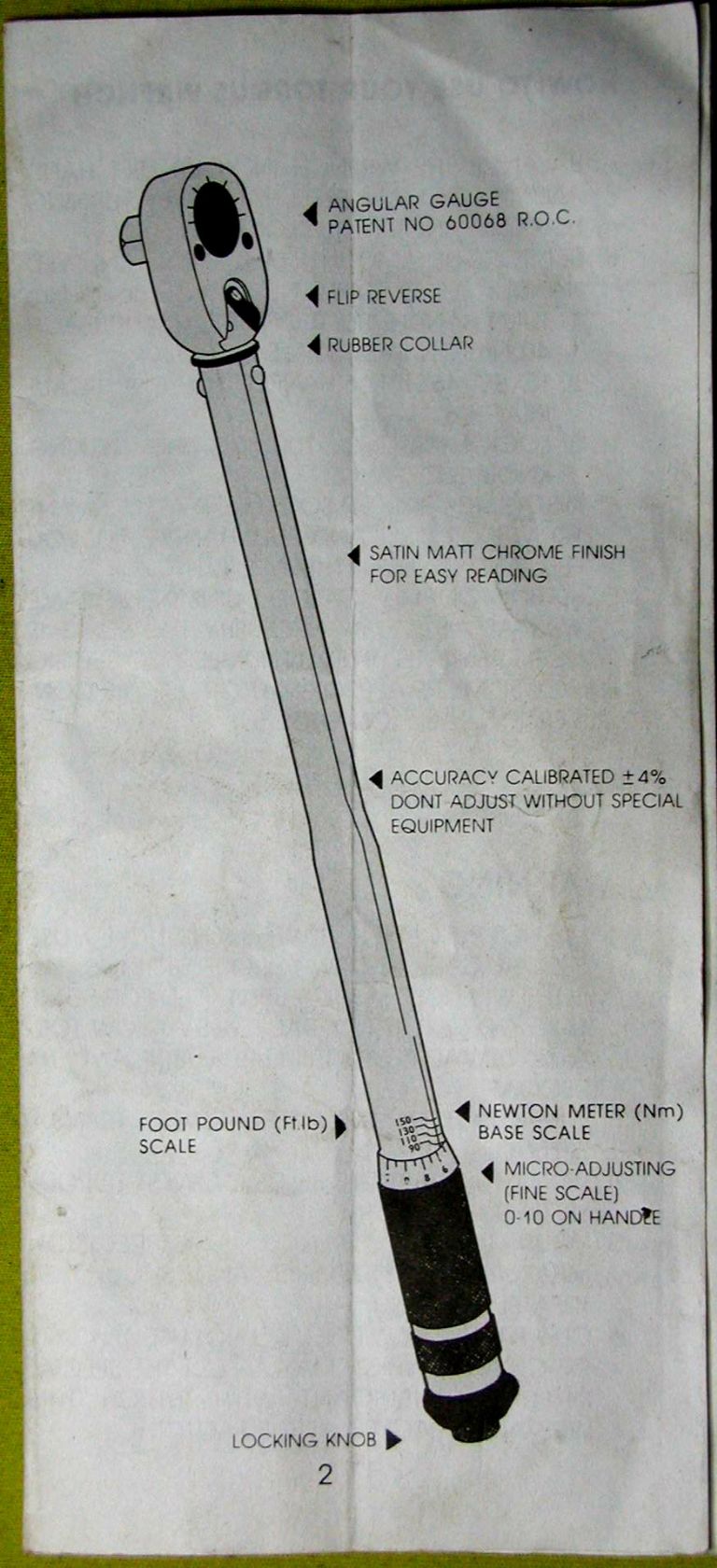Exactly KWIL – exactly. If you feed fast enough you maintain the load.
I used to back of my drills – even posted a pic on these forums of how to do it, but backing off and then resharpening became a PITA, and I thought about the problem a bit from first principles.
So now I don’t. The danger bit is when you stick the drill into the centre hole and it can jump – and it should do if i’m right because the load is taken off. So now I just do a dimple, and feed such that I’m feeding faster than the drill cuts and the pressure is maintained. Don’t use a pilot either – just a really sharp 4 facet bit that cuts to size. No more grabbing.
(Same with parting off – if that reaction is maintained it won’t grab.Start applying a forwards force with high rake, or let the pressure off – feeble feed and it’ll jam up).
All this grabbing and binding is a forward force pulling the tool forwards into the space created by a tad of backlash in front of the feed nut. If you apply pressure it can’t grab because the feed nut is being forced back . If in so doing the system is going a bit quick, cut the revs – oh and feed alot of coolant to stop thermal expansion causing a grab – but thats a different phenomenon.
All backing off is, is just a smart name for a blunting the drill, which reduces the rate at which it cuts. Same detail – as we all know, feed faster and you reduce the effective rake – same principle, more convenient. Steel, gunmetal, bronze who cares – same bit different speed and feed rate.
Simples.

Give it a go and you will see what I mean.
,
Edited By mgj on 19/02/2011 15:24:54
mgj.








